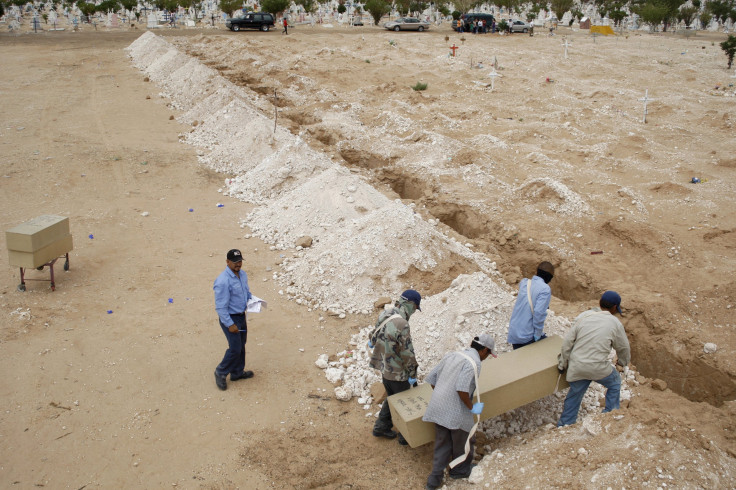Archaeologist Uncover Mortuary Where Corpses Have Been Stripped Off Flesh

In the foothills of the Andes mountains in South America, archaeologists found an ancient mortuary in which human corpses had been defleshed and cleaned. A study called the “Khonkho Wankane and the Rise of Tiwanaku,” whose findings were published in the journal Antiquity, was conducted by the archaeologists and researchers at Franklin and Marshall College and University of Pittsburgh and it was found that the end product of the work was that the relics could be easily transported on road by the people who lived in the region.
According to USA Today, the co-authors of the study, Scott C. Smith, an archaeologist at Franklin and Marshall College, and Maribel Pérez Arias, a lecturer of the Department of Anthropology at the University of Pittsburgh, were excavating a religious complex and ceremonial centre called Khonkho Wankane in western Bolivia, 28 kilometres south of Tiwanku, about a decade ago. The researchers had thought that the sunken temples of the region was the focal point of the site and was a little away from where they had started excavating. At the spot, they found the mortuary.
The mortuary was a circular building with floors that had a rich variety of objects. The objects included almost 1,000 teeth and small bones, from feet and hands and most of it was covered in a layer of white plaster.
A report by Ancient Origins mentioned that there were carvings outside the area which depicted a human with ribs that were defleshed. Apart from that, small blocks that were made of a chalky substance was also found and similar blocks were found in nearby sites as moulds that was used for metal works. Tests conducted on the substances showed that it was quicklime.
Ritual specialists boiled the body parts that were removed from the corpses in pots that contained quicklime. Researchers believed that this was done to strip off the tissue from the bones.
Smith said that for a mobile population, the process of defleshing the corpses created “portable ancestors.” He said that the discovery showed that the dead played an important as well as an active role in the lives of those living.
To report problems or to leave feedback about this article, e-mail: afza.kandrikar@gmail.com.





















